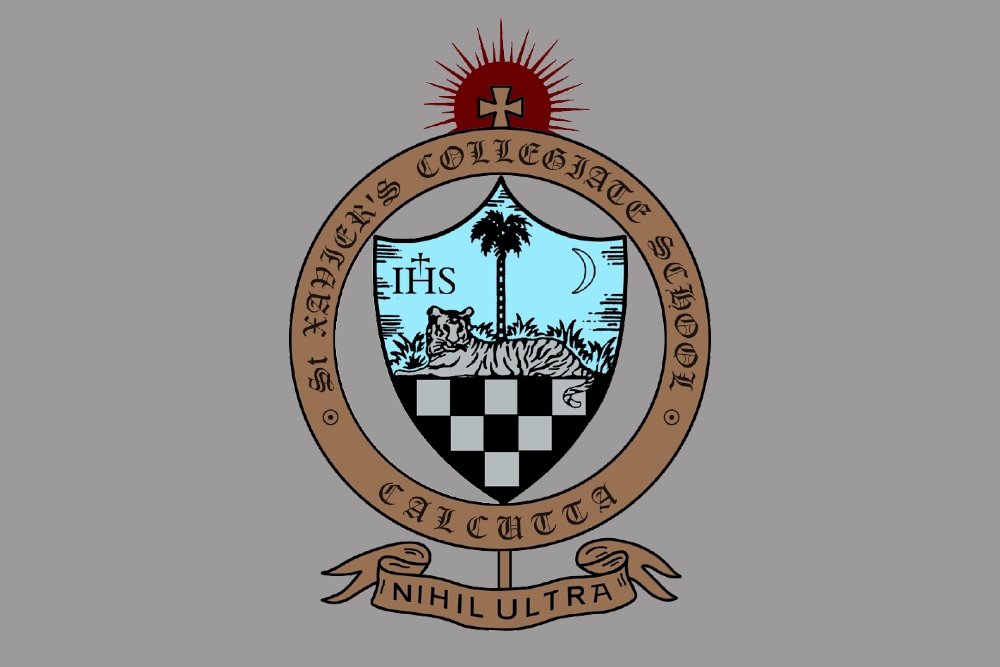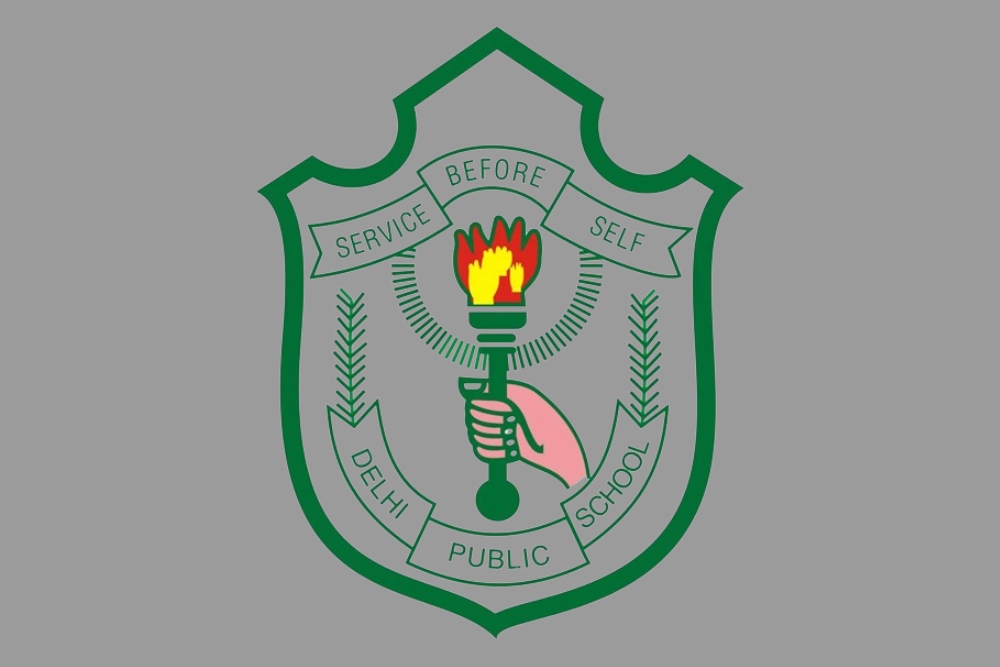
You have probably done with the school website development, and the presence is live now. But what’s next? How do you ensure that your school or college website pops up in the top search results when potential students or parents search for schools in your area? This is where SEO, or Search Engine Optimization, comes into play.
SEO for school websites is crucial as it increases visibility, leading to potential students finding your school. But why is this important for your school website? Here are a few reasons:
Increased Organic Traffic: By implementing the right SEO strategies, your school’s website can rank higher on search engine results pages and attract more organic traffic. This means that potential students searching for schools in your area are more likely to come across your website and your achievements.
Better User Experience: SEO not only focuses on optimizing your website for search engines, but it also improves overall user experience. It includes faster loading time, easy navigation, and relevant content, making it easier for visitors to find what they want.
Establishes Credibility: A well-optimized website is more than just a portal of information; it reflects your school’s credibility. Your school can showcase its commitment to quality, transparency, and user satisfaction by employing strong SEO practices.
Targeted Marketing: With SEO, you can target specific keywords related to your school’s programs or location, making it easier for potential students to find you when searching online. This ensures that the right audience is directed to your website, increasing the chances of conversion.
Are you a start-up school looking to establish a strong online presence or a college aiming to reach more students globally? Regardless of your educational institute’s size or location, SEO can be a game-changer. By optimizing your website for search engines, you can reach a wider audience and attract more students to your institution.
White Bunnie specializes in SEO for schools and educational institutions. Our team of experts will thoroughly analyze your website, identify areas for improvement, and create a customized SEO strategy to help you achieve your goals. With our proven track record in the education sector, we can help boost your online presence and attract more students to your institution.
Our approach to SEO for school websites is comprehensive, taking a multi-dimensional approach to optimize your site for visibility, relevance, and credibility. We believe in creating not just a website but a well-rounded online platform that speaks volumes about your institution’s values, offerings, and achievements.
At White Bunnie, we don’t believe in one-size-fits-all solutions. Instead, we tailor our SEO strategies to fit your educational institute’s specific needs and goals. We use in-depth analytics and market research to guide our tactics, constantly updating our approach based on performance and the latest SEO trends. With us, you can be sure that your school’s website is in good hands.
St. Xavier’s Collegiate School

Online Leads
Organic Search Traffic
Delhi Public School

Organic Revenue
Website Traffic
The Doon School

Qualified Leads
Keywords Ranked in Top 5
At White Bunnie, we take a systematic and strategic approach to SEO for school websites. Here’s how we do it:
In-depth Website Analysis: Our first step is an extensive audit of your current website. We assess its structure, design, content, and existing SEO efforts to identify areas of improvement.
Keyword Research: We conduct detailed research to identify and target keywords that potential students and their families will likely use when searching for schools online. We then incorporate these keywords into your website’s content in a way that feels organic and meaningful.
On-Page Optimization: This step involves tweaking the website’s title tags, meta descriptions, and content to align better with the targeted keywords. We also ensure your website’s design is user-friendly and mobile-responsive, as these factors significantly affect SEO rankings.
Off-Page Optimization: We build your website’s authority and credibility through quality backlinks from reputable educational websites and directories. It also includes managing your school’s online reviews and improving its presence on social media platforms.
Content Creation: Our team of skilled content creators will also work on creating informative and engaging content for your website, including blog posts, articles, and videos. This improves SEO, adds value to your website, and establishes you as an authority in the education industry.
Performance Monitoring and Adjustments: We continually monitor and analyze your website’s SEO performance post-implementation. Based on this data, we make necessary adjustments and keep up with the ever-evolving SEO trends, ensuring your website ranks highly in search engine results.
White Bunnie pays close attention to your SEO for the school website, observes your competitors, understands your target audience, and utilizes those insights to design custom SEO that drives your business forward and beyond.
Partner with White Bunnie Today

What to Measure
There are a few measures that provide insight into how Google evaluates your website navigation when it comes to website monitoring:
Bounce rate: The number of individuals that left your website without taking any further action after seeing a single page.
Dwell time: Dwell time refers to how long visitors stayed on your website. The longer the dwell time, the better.
Page speed: Page speed refers to how quickly your website loads. To evaluate your success with this SEO aspect, use the Google PageSpeed Insights Tool. If you get a poor score, you might think about reducing your website design or condensing your photos.

What to Fix
There are a few technological difficulties that will harm your site’s search ranking, thus you should try to avoid them as much as possible:
Dead links: these direct viewers to a page that does not exist. If your visitors are inconvenienced, your technical SEO score will suffer.
Broken redirects: These send users to a resource that may or may not exist any more – or at the very least, cannot be discovered. Visitors’ expectations will be deflated, to say the least.
Duplicate content: this is a term used to describe pages that contain identical or extremely similar information. Because it’s extremely impossible for search engines to figure out which pages to show in search results, they frequently don’t. This is where quality material comes into play: Make sure that each of your pages has something unique to offer.

What to Create
Consider using a sitemap and robot.txt files in your technical SEO strategy to make it easy for search engines to evaluate your site’s architecture.
A sitemap is a file that contains all of your site’s URLs and is used by search engines to index it. A robot.txt file, on the other hand, contains the pages you don’t want indexed — that is, those you don’t want to show up in searches – such as special policy pages.
By establishing these files, your school demonstrates to search engines that its website is well-organized – and, as a result, easy to browse for visitors.
Do you know the keywords your target audience searches for? Our team will research high-volume keywords to drive website traffic.
Is your website optimized properly? Our team will optimize your site's elements, including titles, metadata, and more.
Increase your school's search ranking through content development using techniques beyond keywords. One effective method is to optimize URLs by keeping them short. Remove non-descriptive words like "the" and "an" to create distinct and impactful URLs for each page. You can also optimize your multimedia content, such as video, by adding descriptive titles, captions, and transcripts to help your school's search ranking. The following strategies are used to optimize video material for SEO



At White Bunnie, we understand that schools may face unique challenges when it comes to SEO for their websites. Some common pain points we have encountered include:
Difficulty in Reaching the Right Audience: Our SEO strategies will ensure your school’s website is visible to parents, students, and education professionals actively seeking information.
Low Website Traffic: By implementing proven SEO techniques, we’ll drive more organic traffic to your website, increasing your chances of attracting prospective students and their families.
Poor Search Engine Ranking: We’ll optimize your website to achieve higher rankings on search engine results, giving you a competitive edge in the digital landscape.
Ineffective Content Strategy: Our content experts will work closely with you to develop a targeted content strategy that resonates with your audience, showcasing your school’s unique offerings and achievements.
Lack of Technical SEO Knowledge: School administrators and staff may not have the technical knowledge or resources to optimize their website effectively. Our team at White Bunnie has extensive experience in technical SEO and can handle all aspects of optimization for your school’s website.
We can help your school achieve its goals by addressing these pain points through improved visibility, increased website traffic, and a stronger online presence. Contact us today to learn more about our SEO services for school websites.
As your Go-to Digital Marketing Agency for School Websites, we aim to bring your school’s website to the forefront of online searches. Contact us today to discover how our SEO services can transform your online presence.
Optimizing your school’s website for mobile devices is crucial as more people use their smartphones and tablets to access the internet. At White Bunnie, we offer Mobile SEO services to ensure your website is fully functional and user-friendly on different mobile devices.
Tailored Mobile-First Strategies: Unlike other SEO providers, we adopt a mobile-first approach. We understand that most of your target audience, parents and students, will likely access your website on mobile devices. Our strategies are designed with the mobile user at the forefront, ensuring optimal performance across all devices.
Responsive Web Design: We ensure your website is responsive, meaning it automatically adjusts to fit any screen size. This is essential for providing a seamless and user-friendly experience across different mobile and tablet devices.
Speed Optimization: Mobile users frequently abandon pages that take too long to load. We ensure your website loads quickly through efficient coding and streamlined images, reducing bounce rates and keeping potential students and their parents engaged.
User-Friendly Navigation:We design your website’s layout and navigation with mobile users in mind, ensuring they can easily find the information they want. This enhances their user experience and leads to longer visit duration.
Local SEO Integration: We integrate local SEO strategies into your mobile SEO, ensuring that your website ranks well in general and local searches. This is crucial for attracting students and parents in your local community.
Invest in SEO
Get your rankings raised
Get more traffic on your website
Generate more leads
Increased saltes for your business.